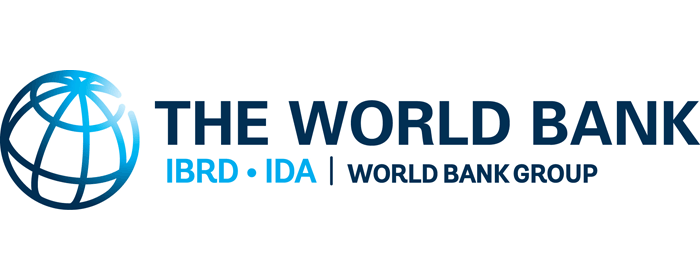India must look at ensuring steady power supply to households for the government’s electrification drive to be truly successful and merely adding new consumers to the electricity grid isn’t enough a senior World Bank economist said. It’s very important that connected households receive adequate level of services because the size of the benefits of electrification depends on the reliability of electricity supply. Universal electrification without ensuring reliability is a wasted opportunity, Fan Zhang, told. The World Bank said in the report that India lost a massive $86.1 billion, or around 4% of its GDP, because of distortions in the power sector in FY16. The leading cost is the environmental and health damages from coal-based power generation. It has contributed to air pollution which is a hidden killer. If no actions are taken, and no reforms are taken, it is very likely (that this bill rises further), Zhang said. Estimated at 1.42% of GDP per year, the impact of power shortages on downstream rural households and firms is the second largest economic cost for India, according to the World Bank. India achieved 100% village electrification in 2018. But at the household level, its rural access rate, at 81% in 2017, is still the third-lowest in South Asia, the report said. Although the power deficit has been substantially reduced over the past few years, the reliability of electricity is still low compared with the international standard — the 2018 Global Competitiveness Report *ranks India 80th among 137 economies* in the reliability of its electricity supply. The World Bank’s analysis using nightly satellite images from India for 2013 found that areas adjacent to newly electrified villages subsequently experienced worse power outages.
India must ensure steady power supply for electrification drive to be successful: World Bank

